01/8The trend of adulterated sweets during Diwali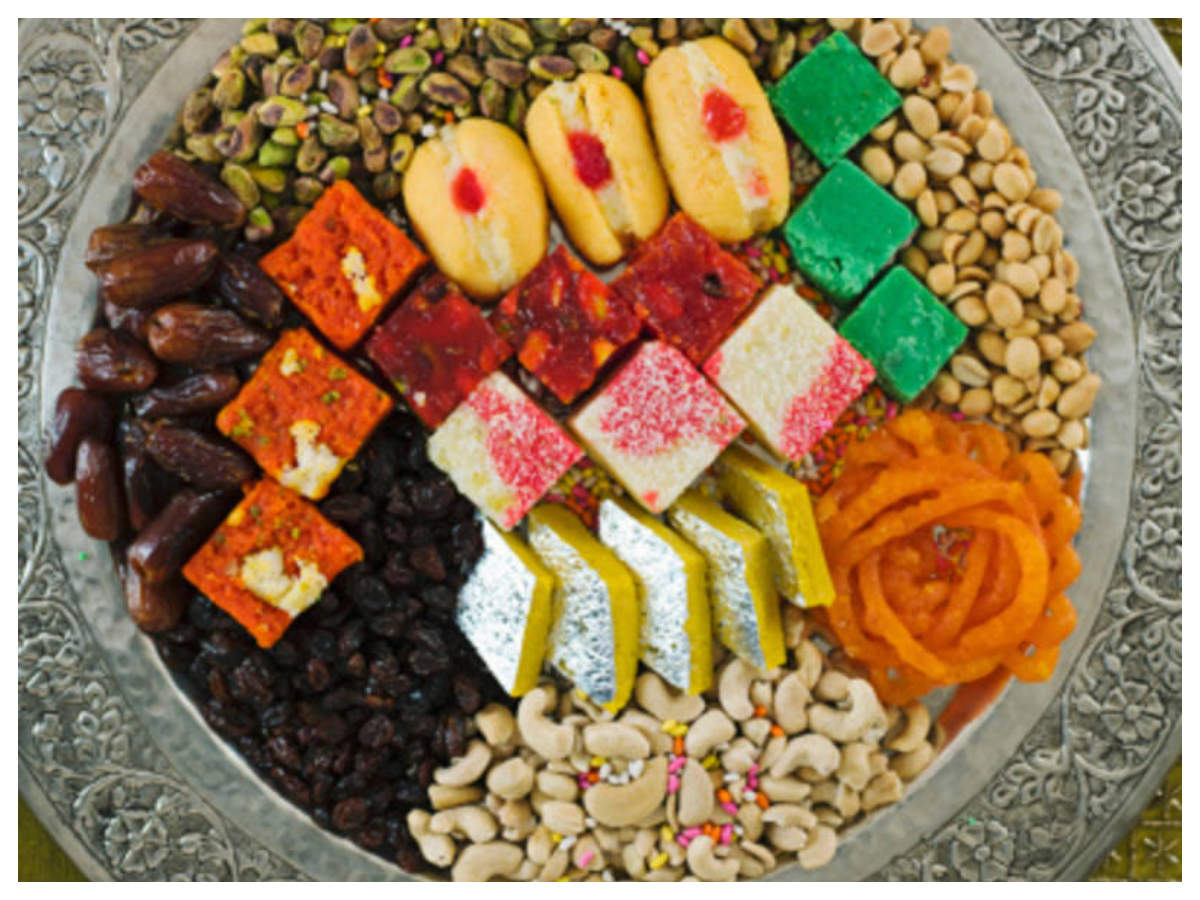

Diwali is not just a festival of lights, but of sweets and savouries too. In India, from Pooja rituals to gifting, every part of Diwali celebration involves a lot of sweets and that gives a lot of scope to the market players to fool you around. Wondering how? Well, the sweet shops are known for adulterating sweets to meet the demand. From milk to sugar, everything is adulterated and pose a threat to your health. Food experts and home chefs suggest indulging in homemade preparations like halwa, gulab jamun, besan barfi and coconut laddoo. They are easy to make and are least adulterated. Read this piece of information to know about the game of adulteration and you will realise why it is advisable to avoid store-bought sweets in Diwali.
02/8Sugar
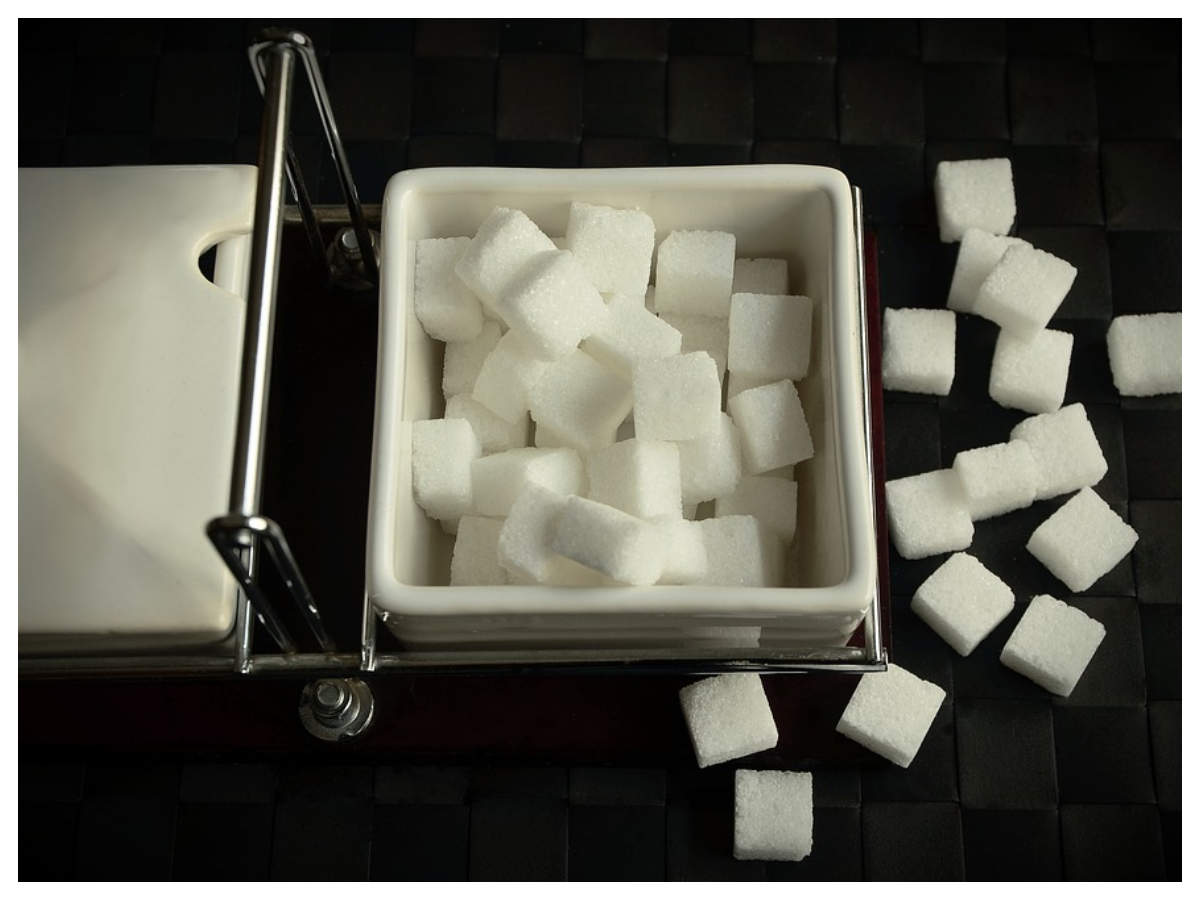
How can you think of sweets without sugar? And keeping the demand for sweets during festivals, market players have got a smart trick, where they add powdered chalk, washing soda or white sand to powdered sugar. Experts have found that these materials easily get dissolved in water or milk and can harm the throat and digestive system.
03/8Milk
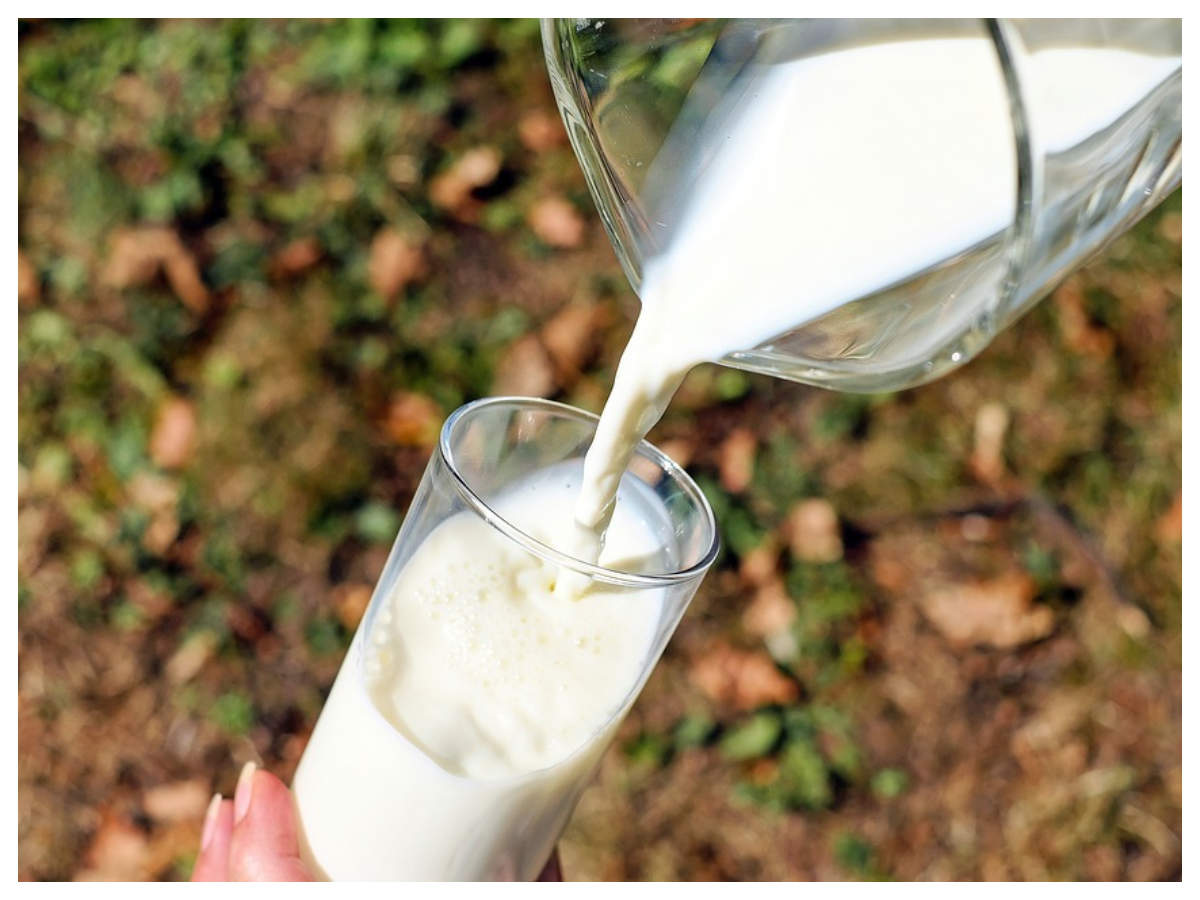
Indian sweets are incomplete without milk. And when it comes to festivals like Diwali, where sweets are an integral part of the celebration, the demand for milk spikes and this eventually leads to adulteration. These days market players not only add water, but other sub-standard ingredients like detergent, shampoo and even paint to the milk to meet the demand.
04/8Ghee and oil
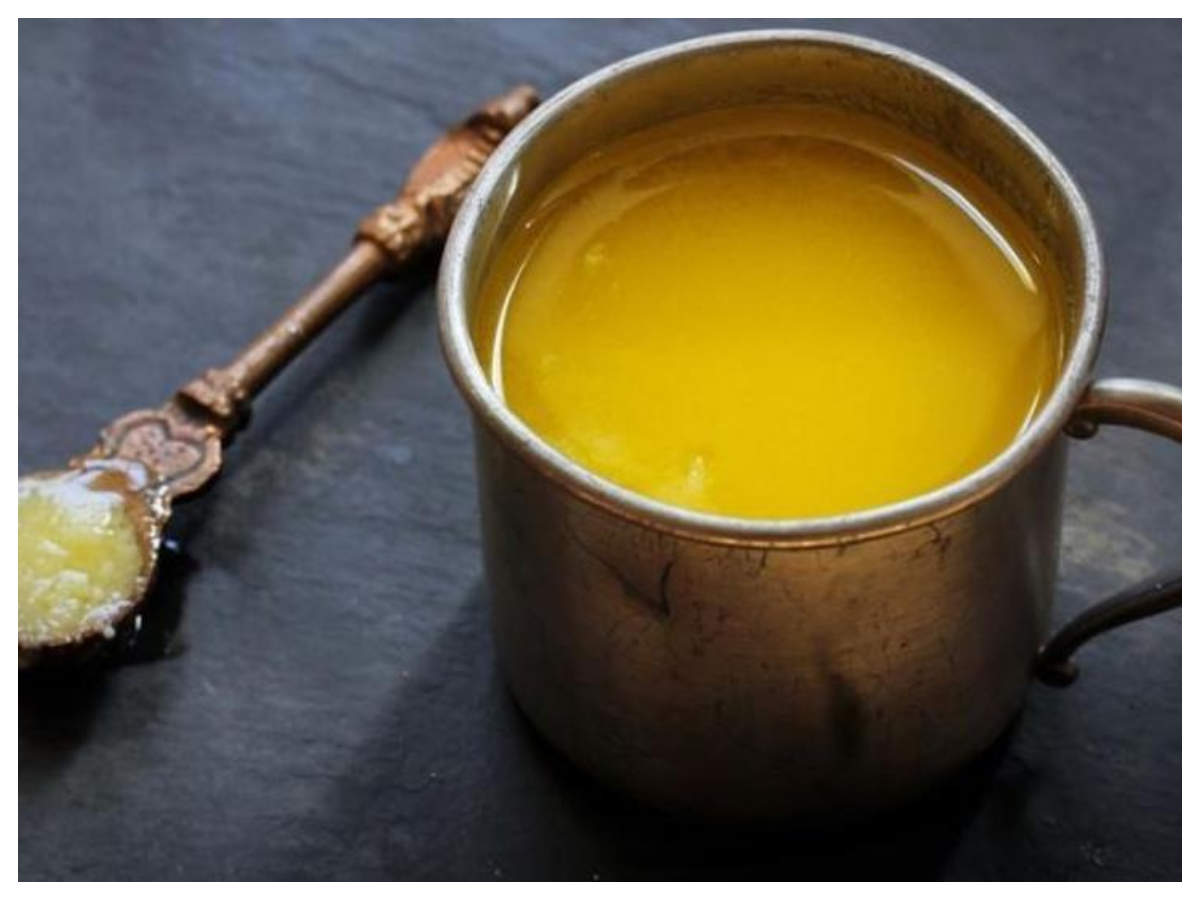
Indian sweets are generally made with refined oil or desi ghee. During festival time, market players adulterate the former with extracts of animal fat, cotton seeds and palm oil. This reduces the costing of oil and increases the profit margin. While the latter is adulterated with animal fat which increases the cholesterol, triglycerides levels in the human body.
05/8Paneer

We all know that paneer is made with milk and when the milk is adulterated with ingredients like water, shampoo and paint, it is quite obvious that the by-product will be equally harmful and dangerous as the key product. This is saddening because Diwali party is incomplete without delicacies like Matar Paneer, Shahi Paneer and channa based sweets.
06/8Artificial colours

Have you ever observed that during Diwali our very favourite Mootichoor Laddoo suddenly becomes very bright in colour? The credit goes to sub-standard artificial colour added to the boondi mixture. The besan is coloured with metanil yellow to give it an appealing look. You will be surprised to know that these days a chemical called Tartrazine is added to ghee to make it look like pure cow's ghee. The irony is, these non-permitted artificial colours can damage the nervous system.
07/8Vark
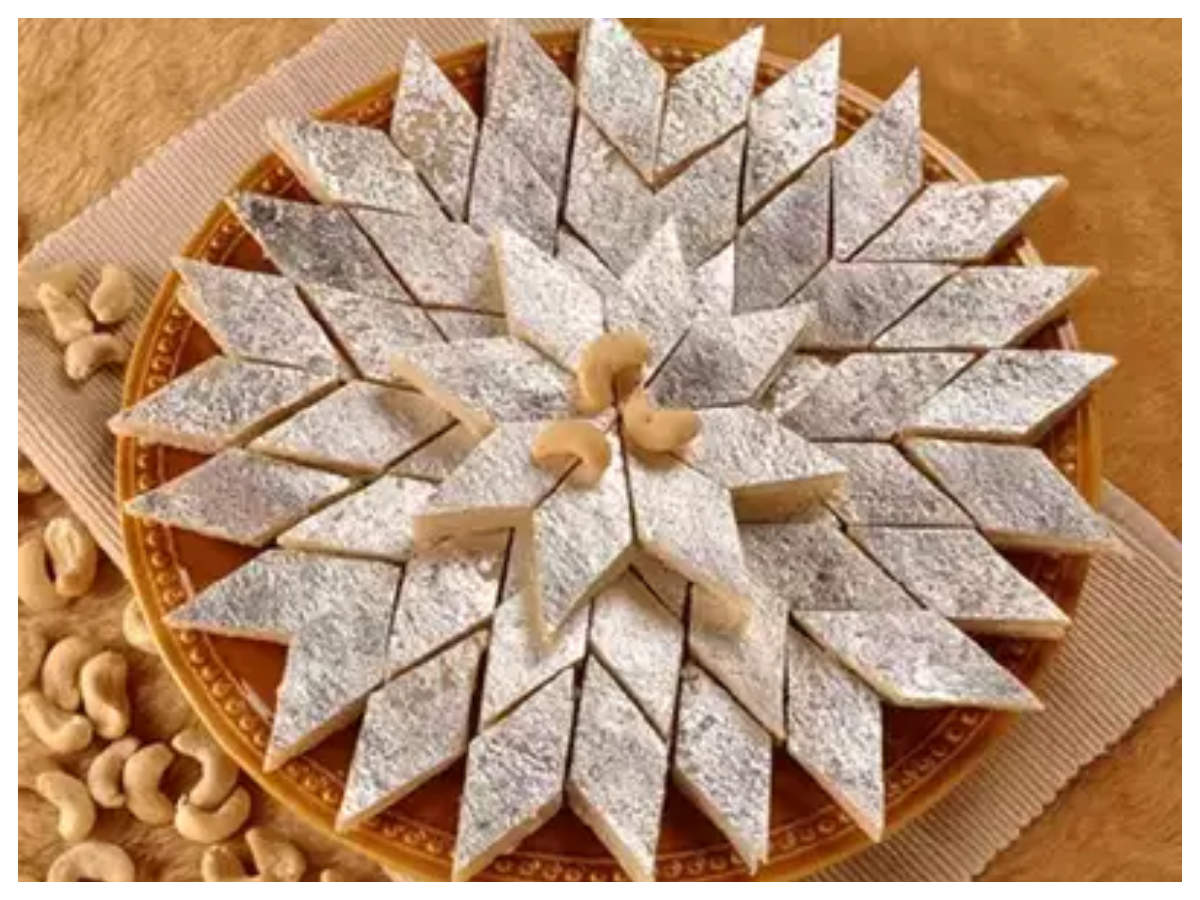
According to Food Safety and Standards Authority of India (FSSAI) silver used as a food ingredient must be 99.9 per cent pure, but these days sweets shop owners add aluminium to it, to make the dishes cost-effective. Experts warn eating Kaju Katli or Cham Cham topped with adulterated vark as they can lead to chronic illnesses like cancer, Alzheimer's etc in the long run.
08/8Mawa

Popular Diwali sweets use a lot of mawa and are often adulterated with starch. The consumption of such sweets results in indigestion. If we go by the reports, it can also lead to food poisoning.
No comments:
Post a Comment